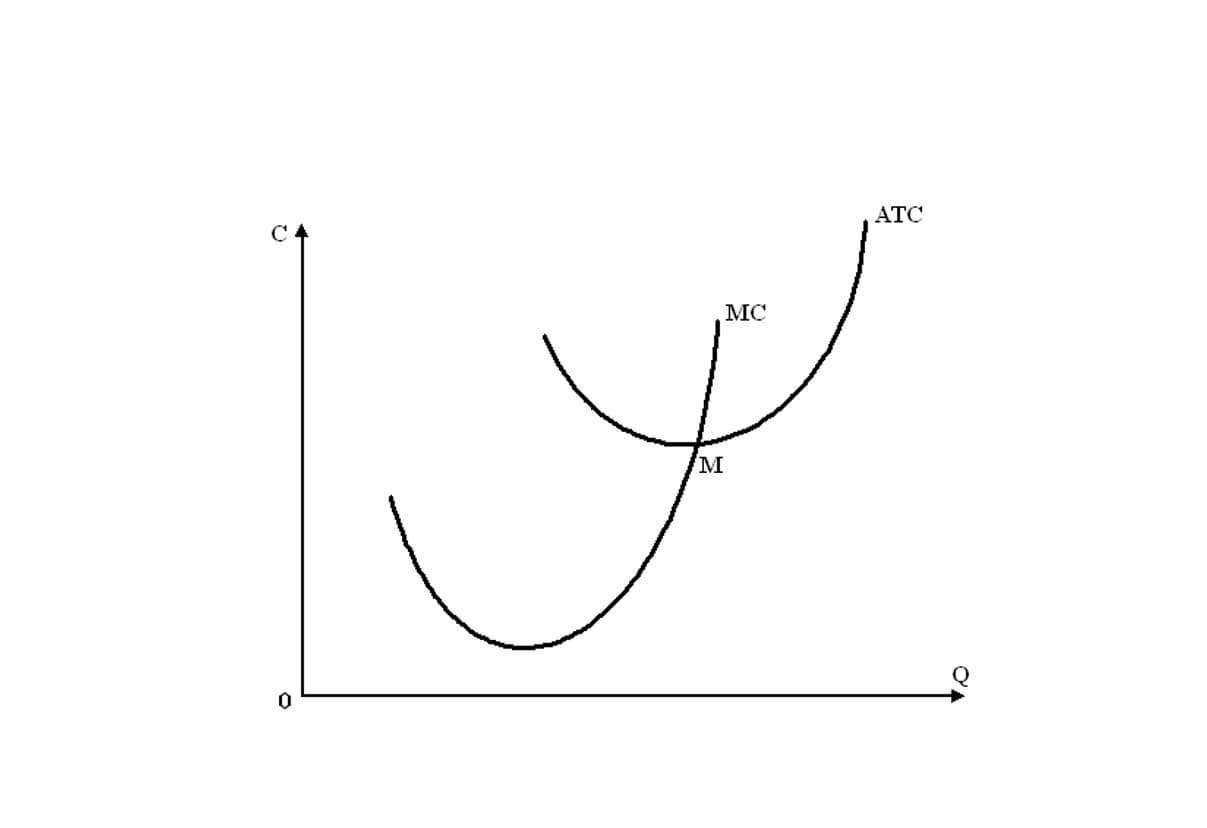
Part of the benefits investors receive for purchasing shares in a company is the payment of dividends that they receive either quarterly or yearly depending on how often the company declares distributions. Whenever a company declares distributions, the amount used to pay the shareholder dividends is deducted from the retained earnings account. Hence, retained earnings are the portion of a company’s net income that is set aside by the company for various operational purposes after dividend payments to its shareholders. These examples demonstrate the various ways retained earnings are impacted by business activities, including the distribution of dividends, correction of errors, and end-of-period closing entries.
Debits, Credits, Double-Entry, Accounts
The company forgets to record revenue of $ 5,000, which means that last year’s revenue is understated. The profit is also understated, it is the same as the retained earnings. We have to record this revenue to increase the retained earnings as the prior year’s income statement is already real estate cash flow closed. A financial statement is a formal document that shows financial health, business performance, and many more. It includes a balance sheet, income statement, and cash flow statement.
- The amount of a corporation’s retained earnings is reported as a separate line within the stockholders’ equity section of the balance sheet.
- Debit amounts are entered on the left side of the “T” and credit amounts are entered on the right side.
- These contractual or voluntary restrictions or limitations on retained earnings are retained earnings appropriations.
- It is permanent because it is not closed at the end of each accounting period.
- We see from the adjusted trial balance that our revenue accounts have a credit balance.
- When a company makes a profit at the end of its financial year, its shareholders may decide to allocate part of the profits to retained earnings.
Software vendors

The expense accounts have debit balances so to get rid of their balances we will do the opposite or credit the accounts. Just like in step 1, we will use Income Summary as the offset account but this time we will debit income summary. The total debit to income summary should match total expenses from the income statement.
Temporary and Permanent Accounts
- However, there are a lot of profitable businesses that might have a low balance in their retained earnings account.
- Instead, the balances in the income statement accounts will be transferred to a permanent owner’s equity account or stockholders’ equity account.
- Eric also creates free accounting resources, including manuals, spreadsheet trackers, and templates, to support small business owners.
- However, if the mistake is related to the revenue and expense, it will be tricky to correct them.
- Hence if a company declares $8,950 in dividends to its shareholders on October 28, 2022, the journal entry to record this dividend payment will be as the one below.
- At the end of each accounting period, businesses close out their revenue and expense accounts, summarizing them into a temporary account known as the Income Summary Account.
Some factors that can affect a company’s retained earnings include depreciation, COGS, dividends, etc. This amount originates from the net income of the company that is found on its income statement. Retained earnings are usually recorded on the right column of a company’s balance sheet under the equity section along with the company’s share capital and paid-in capital.
Does Retained Earnings Have a Credit Balance?

Retained earnings are one of the options available to a company’s shareholders when distributing what are retained earnings profits at the end of an accounting period. After several years of operation, company has accumulated retained earnings of $ 500,000. During the month, company distributed cash at bank $ 100,000 to Mr. John.

Retained Earnings Journal Entries
- HP Inc. earned a net profit of 500,000 during the accounting period Jan-Dec 20×1.
- Therefore, the more often a company pays dividends to its shareholders, the more its retained earnings balance gets reduced.
- After these two entries, the revenue and expense accounts have zero balances.
- It was easy to accept that every transaction will affect a minimum of two accounts and that every transaction’s debit amounts must be equal to the credit amounts.
- If this is done for every transaction and without errors, then all the amounts appearing in the accounts will have the total amount of debits equal to the total amount of credits.
- A sole proprietor or partnership often uses a separate drawings account to record withdrawals of cash by the owners.
- If we had not used the Income Summary account, we would not have this figure to check, ensuring that we are on the right path.
Distribution to the owner is one debit or credit retained earnings of the ways that company can allocate the retained earnings to the owner. According to the provisions in the loan agreement, retained earnings available for dividends are limited to $20,000. The Retained Earnings account is credited to reflect the addition of the net income for the year.
- Beyond tracking profits, it also absorbs adjustments from past errors, changes in accounting methods, and specific corporate allocations.
- Closing journal entries are used at the end of the accounting cycle to close the temporary accounts for the accounting period, and transfer the balances to the retained earnings account.
- Like paid-in capital, retained earnings is a source of assets received by a corporation.
- Retained earnings normal balance is usually a credit, this indicates that the company has generated profits from its inception to the time when the retained earnings balance is checked.
- It is a key indicator of a company’s ability to generate sales and it’s reported before deducting any expenses.
Profit is the result of operations during the current financial year, while RE are profits that have accumulated throughout the years less dividends declared and paid. Changes in the composition of retained earnings reveal important information about a corporation to financial statement users. A separate formal statement—the statement of retained earnings—discloses such changes. Note that a retained earnings appropriation does not reduce either stockholders’ equity or total retained earnings but merely earmarks (restricts) a portion of retained earnings for a specific reason. Return on earnings is a financial metric used to assess the profitability of retained earnings. This ratio helps investors understand how effectively a company is using its retained earnings to generate additional profits.

